Our composition is directly related to the two portraits attributed to Pierre Mignard, one of which is kept at the Château de Versailles and the other at the Château de Chantilly (see photos). The fact of painting the king's portrait in profile may seem atypical, but it echoes the ancient medals that invariably depicted emperors in profile. Thus, Louis XIV, like Marcus Aurelius who brought the Germans to heel or Alexander the Great who defeated the Persian hordes, poses standing in the shelter of the walls of a palace or an ancient ruin in front of a hilly landscape that unfolds behind him. Dressed in a blue shirt evoking the Holy Spirit, he is covered with a breastplate known as "à la romaine" and a purple toga tied on the shoulder. With a haughty bearing and his gaze turned towards a distant horizon, the King of the French leans on his baton of command, thus asserting his authority. Having understood very early on the importance of cultural prestige and the excellent propaganda channel that art constitutes, the Sun King likes to be represented sometimes as Apollo, god of the sun, sometimes as a war chief in the guise of a military commander straight out of Antiquity. Thus, through the paintings and sculptures that adorn the royal residences, we discover the king incarnated as a god of mythology or as a Roman general, like the legendary Julius Caesar.
Our large portrait is set in a powerful carved and gilded wooden frame surmounted by a royal crown with a royal blue cushion. Dimensions: 130 x 98 cm – 149 (163 with the crown) x 117 cm with the frame
Biography:
Pierre Mignard (Troyes 1612 – Paris 1695) is the brother of Nicolas (known as Nicolas Mignard d'Avignon), also a painter. Like Valentin de Boulogne, Michel Dorigny, Charles Le Brun or Eustache Le Sueur, Pierre Mignard was the student of Simon Vouet. He is nicknamed "the Roman" because he spent a long time in Rome, where he divided his career between the creation of large historical compositions and the art of portraiture in which he excelled. In 1657, Louis XIV had him recalled to entrust him with the decoration of the dome of the Val-de-Grâce and the small gallery of Versailles. After the death of Charles Le Brun, he was appointed first painter to the King and director of the Academy of Painting. Pierre Mignard is considered one of the best colorists of his time and is distinguished by the naturalness and truth of the expression of his figures, his brush is soft and full of grace.
Bibliography:
- AUBERT, Jean, Visagesdu Grand Siècle : le portrait français sous le règne de Louis XIV, 1660-1715,(cat. exp., Nantes, Musée des beaux-arts, 20 juin - 15 septembre 1997 ;Toulouse, Musée des Augustins, 8 octobre 1997 - 5 janvier 1998), Somogy, 1997
- KIRCHNER, Thomas, Heurs etmalheurs du portrait dans la France du XVIIe siècle, Paris, Fondation maison des sciences de l'homme, Centreallemand d’histoire de l’art, 2022
- BOYER Jean-Claude, Pierre Mignard le Romain, Documentation Française Editions 1997
- MILOVANOVIC, Nicolas, Catalogue des peintures françaises du XVIIe siècle du musée du Louvre, Gallimard Louvre Editions, 2021
- MEROT, Alain, La Peinture française au XVIIe siècle, Gallimard Electa, 1994
- HILAIRE, Michel, RAMADE, Patrick, Grand Siècle, Seuil RMN, 1993
- MAC ALLISTER JOHNSON, William, Les Peintres du roi 1648 – 1793, catalogue d'exposition, RMN, 2000


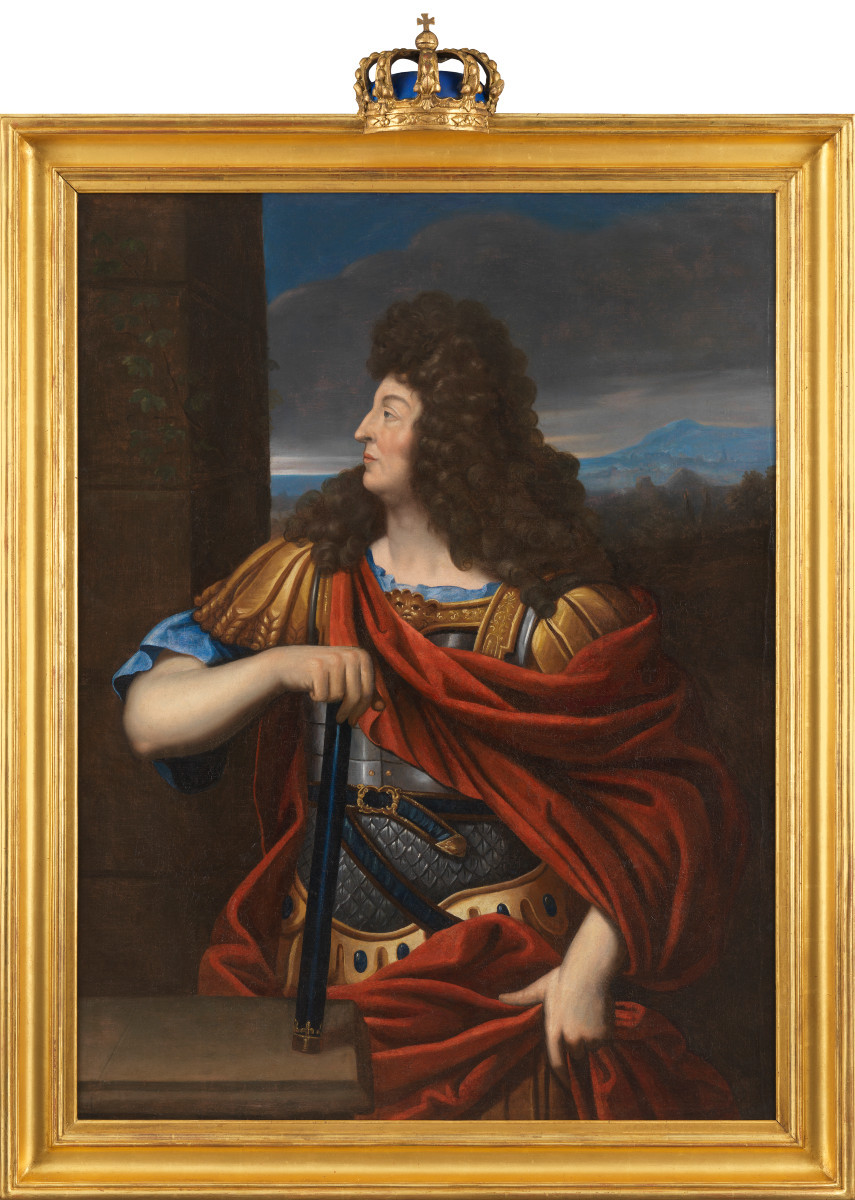
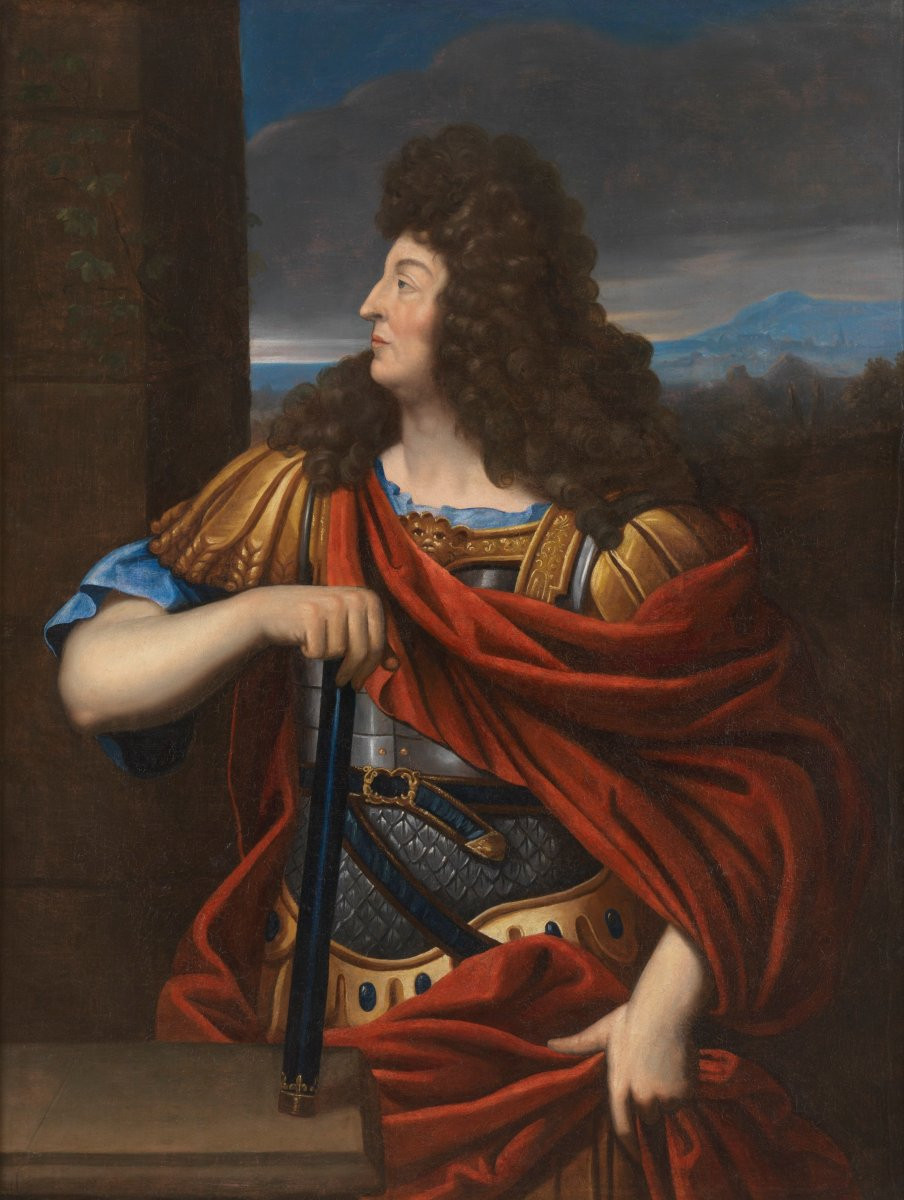
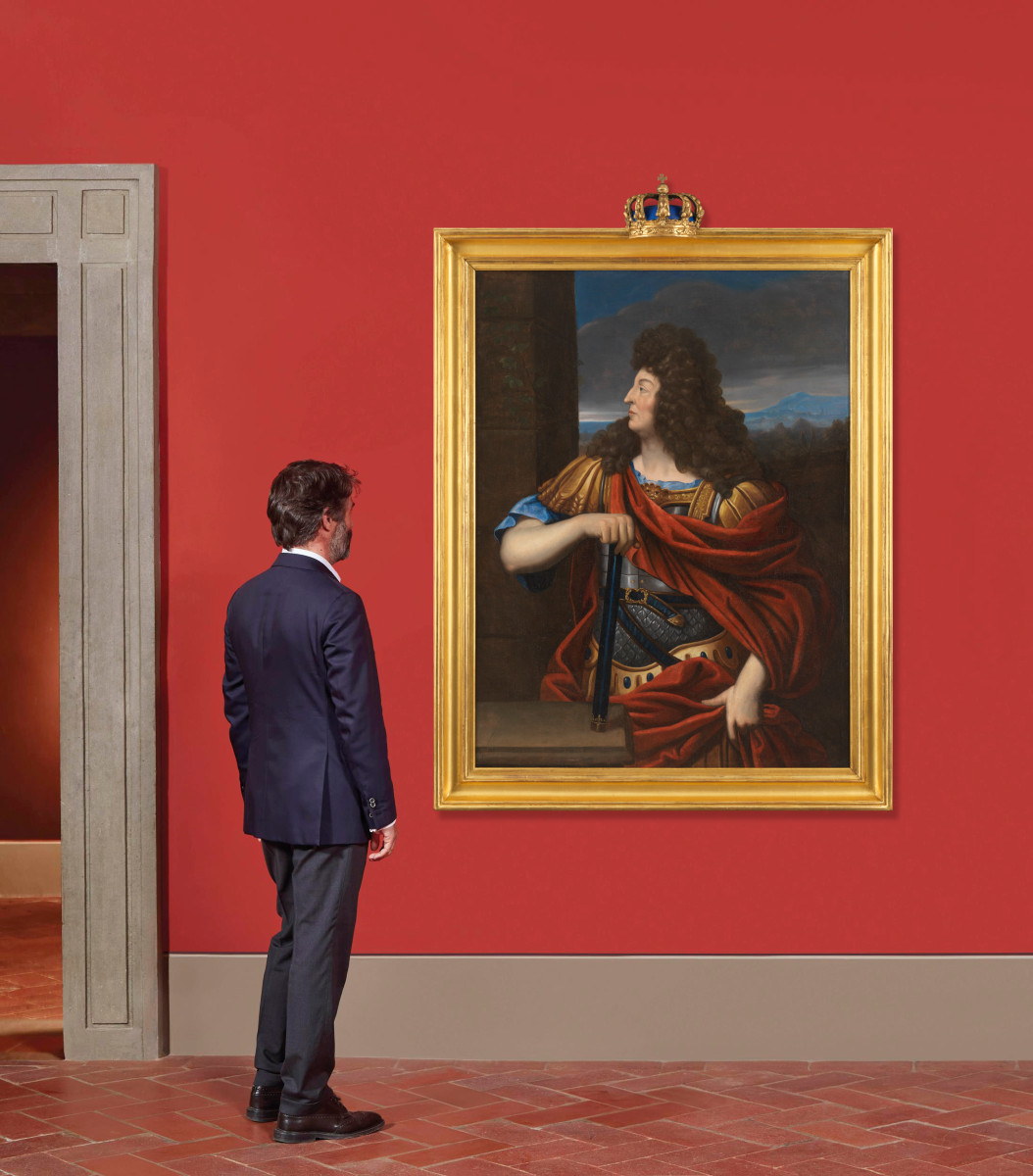









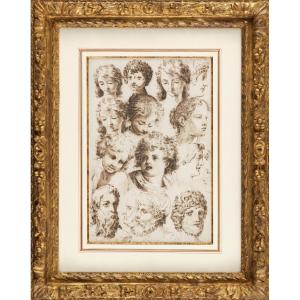


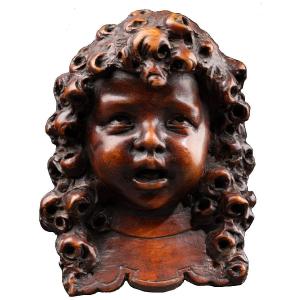



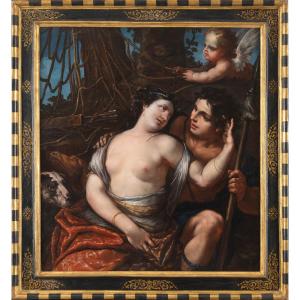




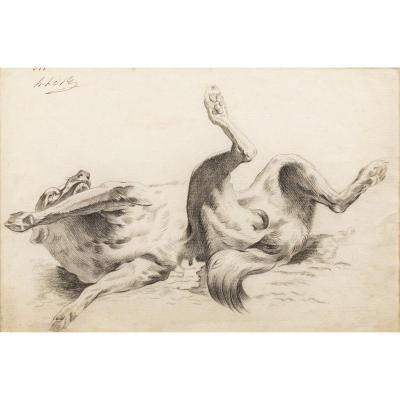










 Le Magazine de PROANTIC
Le Magazine de PROANTIC TRÉSORS Magazine
TRÉSORS Magazine Rivista Artiquariato
Rivista Artiquariato